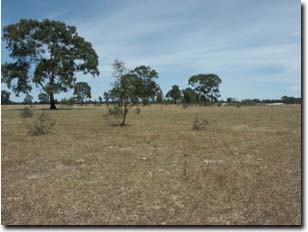2.2.11.2 - Remnant Vegetation
Return to Main Menu | Return to Step 2 | Return to Step 2.2.11 | Next Step
| Removal of remnant vegetation is discouraged under the Victoria’s Native Vegetation Management Framework. Remnant vegetation, including trees, shrubs, understorey and grasses, are important features of the landscape. You must obtain a planning permit from your council before removing native vegetation. “Offset” planting of multiples of native trees (typically 200 per remnant tree removed) is likely to be a condition of a permit. If removal of native vegetation is unavoidable as part of your farm development, you need to consult the relevant Department of Environment and Primary Industries (DEPI) before proceeding too far with your planning. While you need to apply to your council for a planning permit to remove native vegetation, council is likely to refer the application to DEPI. Thus, consulting DEPI before you finalise your plan will guide you in the development of your plans. Having your whole farm plan certified by council does not remove the need to obtain a planning permit to remove native vegetation. However, if you have consulted DEPI beforehand and your permit application (to remove native vegetation) is consistent with the advice received, the permit is likely to be approved. Ideally, your permit application should be lodged with council together with your application to certify your whole farm plan. |  Remnant Vegetation |
Note that a permit will not automatically be given. Failure to obtain a permit prior to removing native vegetation can result in significant penalties, including fines and reinstatement works. Fines of up to $130,000 can be imposed - fines of up to $45,000 have been imposed, plus costs, plus reinstatement works. Such judgements have received considerable publicity.


